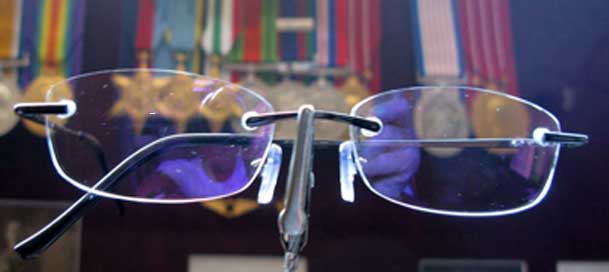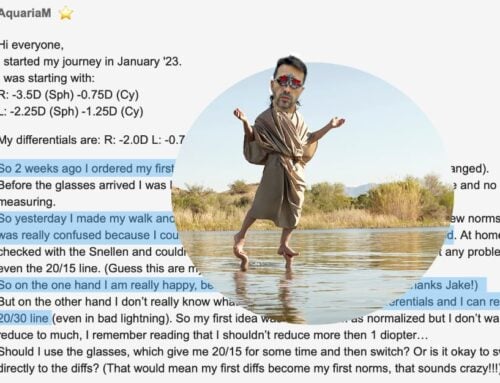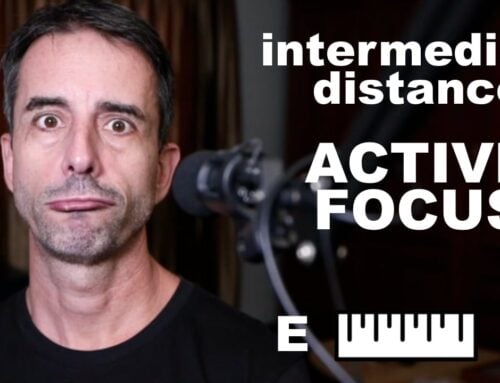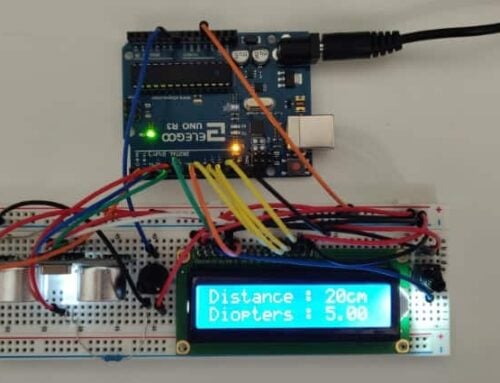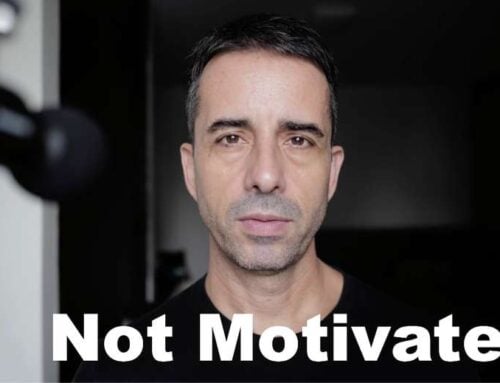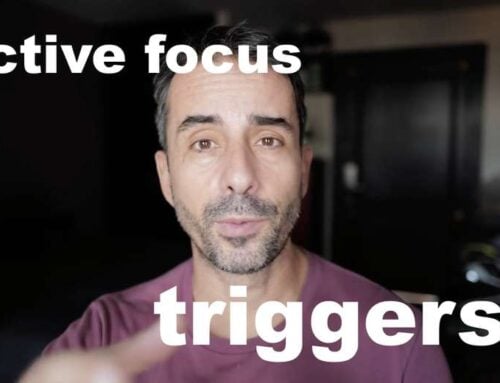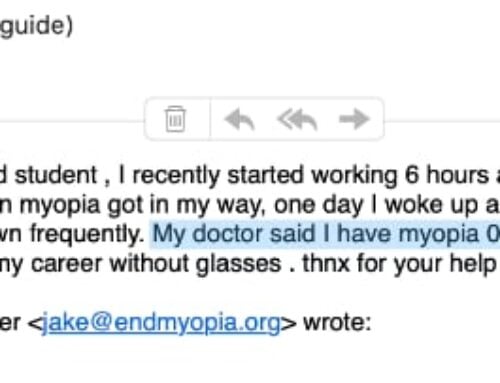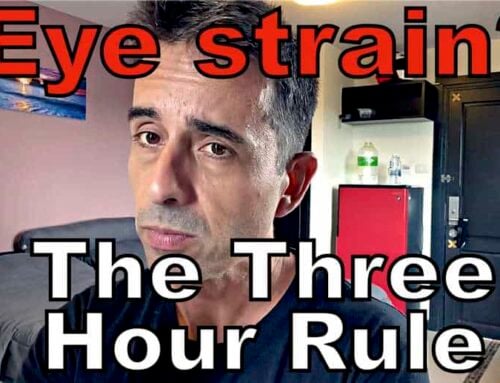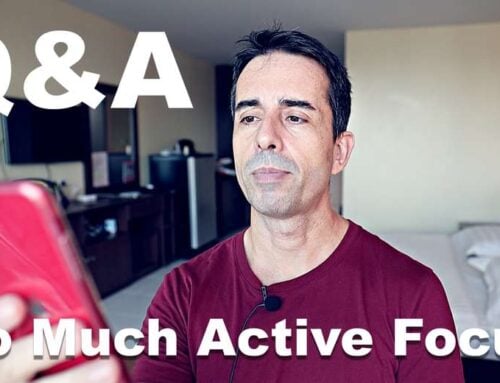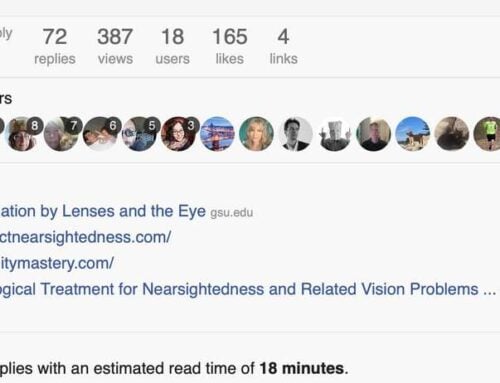A recent post in the support forum reminded me of a trick I sometimes prescribe for heavy computer users (who happen to be in the one-on-one program). Since it makes sense to share this with everyone, let me give you a bit of the circumstances where this may make sense for you.
This is a bit of an advanced subject – if you are new to this site, or just reading casually, this may not make as much sense to you!
Here is the scenario:
You spend 80% or more of your day in close-up.
You already did everything possible to improve your work environment.
- You take good distance viewing breaks.
- Your ambient lighting is bright and natural (or full spectrum UV bulbs).
- You keep proper distance from the screen.
- You practice active focus and have a differential prescription.
But you have a need to use distance vision a fair bit as part of your working environment, though only briefly. So you need lots of close-up time, but then also distance vision.
This means switching between differential prescription glasses, and normalized prescription glasses.
It’s not ideal for convenience, though it is good for your eyesight health.
This is what you could consider, instead of the two pairs of glasses:
1. Use contact lenses for your differential prescription.
Bear in mind that these may need to be lower in prescription strength, than the equivalent in glasses. Check to make sure that you still get enough distance for the blur horizon. If you are in one-on-one or the Web program, feel free to drop me an e-mail or post in the support forum with questions.
2. For distance vision, use a small minus prescription lens on top of the contact lenses.
This is really just something to do if you have only need distance vision in small increments. Otherwise it’s generally better to use only one set of corrective lenses, rather than this combination.
For that short need of distance vision boost, you can just wear an extra -1 to -2 diopters of correction using glasses, to supplement the close-up correction you are already getting from the contact lenses. Together, the contact lens prescription, plus the extra diopters from the light additional prescription with the glasses will give you all the clear distance vision you might need.
Example:
You are using a normalized prescription (distance use) of -3.75.
For close-up, you have a differential prescription of -2.25.
That would be the normal scenario, and best suited for most people.
But now, you are in a day-to-day situation with lots of close-up time, some needed distance vision, and switching glasses is not well suited for your scenario. So you would change above prescriptions, to:
You would be using a -2.00 contact lens differential prescription (lowered by -0.25 to account for the difference in perceived increased correction).
As needed, you would use -1.50 glasses on top of the contact lens, when you need full distance vision.
***
This can be handy to deal with your breaks (for distance vision), or a work environment requiring a lot of switching between close-up and distance (but with mainly close-up focus).
The contact lenses also give you better peripheral vision than glasses, and often have better optical quality.
Caveats:
Contact lenses tend to interfere with the layer of tear fluid over your eyeball. Combined with that, close-up reduces your blink rate significantly – together, this means dryer eyes than you would likely have with glasses.
For this reason, I generally prefer not to recommend contact lenses for extended close-up use.
Also, using this adds more prescriptions to the mix. Good habits are based on simplicity – as well as less things to forget to bring with you (like the right glasses). So it really only makes sense for specific cases, where you need that mix of prescription strengths, and two pairs of glasses aren’t convenient in your situation.
Though, in some cases it makes sense. Use per your own best judgment!

